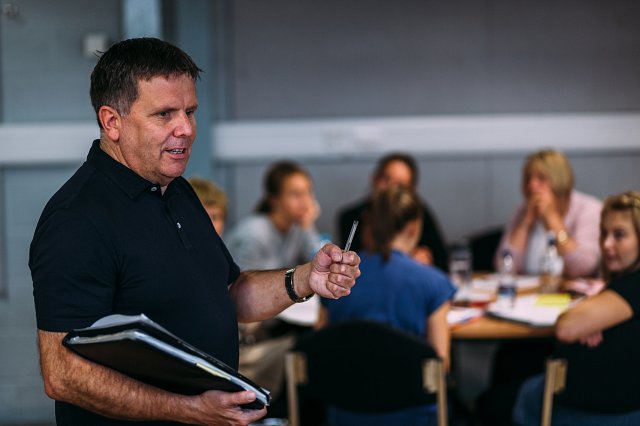Working Emergently with Change, Service Redesign and Transformation
We are deep into the third workshop of a series. Things have not gone well. There is frustration, distress and anger in the room. A volatile, emotional cocktail pervades the space, a lot of it projected at me. I am trying to hold them as a management team in their difficulty, and trying to get them to identify the type of requirements they have and how they might be sequenced together to produce something more effective and enabling for their staff. It is hard work, which doesn’t appear, judging from the body language, to be working. Then a small voice from the corner of the room nervously occupies our attention. What if we look at it like this they say and gradually the attention focuses, the energy builds and the ideas flow. An hour later we have a completely rethought out approach which has built on the contribution and commitment of everyone in the room. Suddenly there is a different quality to their relationships and comments – there is laughter an air of confidence.
Another team a few weeks earlier. Working with a group of bruised leaders, managers and workers to recover from a fire storm of potentially reputationally damaging social media, ignited by one innocuous email. Gradually we begin to uncover and understand the background and development over months of the toxic environment which was latent, just waiting for a spark. It is a sobering thing and we take a break returning after lunch to create a multi-leveled, dynamic strategy to address the issues which have emerged and are still emerging. At the end of the session the relief is palpable and people leave feeling confident they can address the widening issues whose sudden emergence took them so much by surprise.
Two recent workshop examples of emergence in action in the environment around the workshop or the workshop itself. I also increasingly find myself having to directly deal with engagement pressures and stresses at the start of workshops. Participants arrive already stressed and frustrated by tasks, projects and work which are going undone because they have to attend a workshop they haven’t got time for, which cant sort out the complexity of the issues they are dealing with in the time available. These feelings threaten to emerge into and overwhelm the productive space before anything useful is done.
Meg Wheatley reminds us that establishing critical connections and shared significance are important parts of helping groups to use emergence proactively. I find that moving directly to connecting each other about what’s important is crucial to the productive work that can be achieved and I now design this into all my workshops, including the recent bringing together of two teams responsible for managing risk in their work environment and in high levels of conflict prior to the workshop. None of them was looking forward to coming and they didn’t want to be there, you could feel it in the room. And yet as they talked to each other about what was important to them, a different rhythm emerged and that enabled us to confront and resolve some of the very real risks they faced and how to be more effective in dealing with them together.
If we can bring these connections together over time and link them together then amazing things can happen. I designed and led a team for an event that brought 400 key leaders together to create a new organisational governance and leadership structure. This group gave a value based mandate to a new structure which has served them well over the last three years and I recently did a follow up workshop to re-energise the structures and refocus the work at another level of integration.

Working emergently can be scary but it can make a huge difference and transform the outcomes of the work.